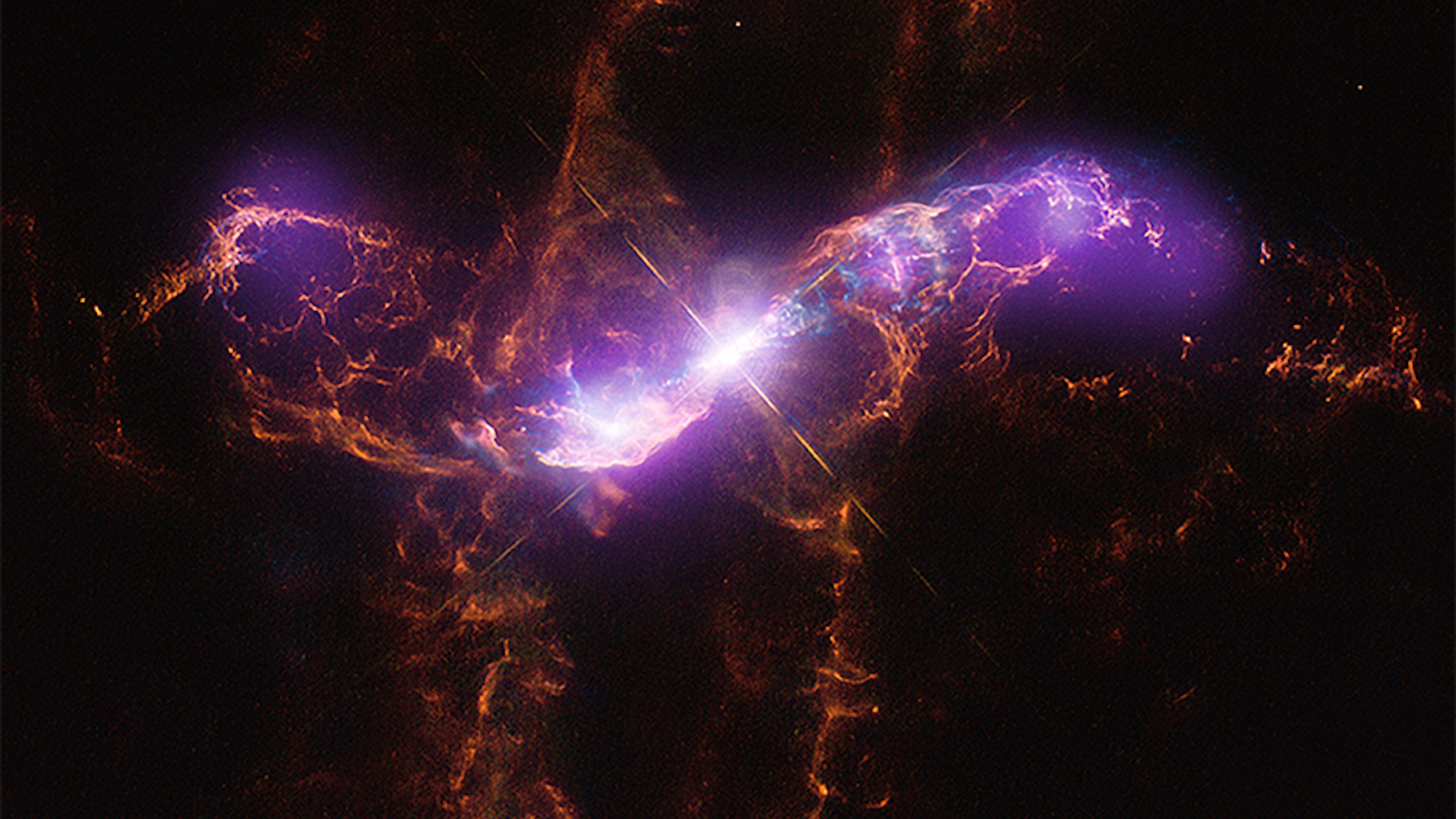

Scientists have translated data from cosmic bodies and events into spectacular audio renditions for years, but NASA’s latest releases may be the first to feature accompanying real-time visual aides. Unveiled on Tuesday, a trio of brief “sonifications” derived from information gleaned by the Chandra X-ray Observatory, James Webb Space Telescope, Hubble Space Telescope, and Spitzer Space Telescope showcase the interplay between infrared light, space gas, and other interstellar materials to create gorgeous ambient soundscapes. Taken as a series, NASA’s “cosmic harmonies” provide new, awe-inspiring ways to view the universe.
“Because different telescopes can detect different types of light, each brings its own pieces of information to whatever is being observed,” NASA explained in its June 21 announcement. “This is similar in some ways to how different notes of the musical scale can be played together to create harmonies that are impossible with single notes alone.” According to NASA, the collaboration was overseen by Chandra X-ray Center visualization scientist Kimberly Arcand, astrophysicist Matt Russo, and musician Andrew Santaguida.

NASA offers three videos with each sonification shown via a moving cursor, rendering the telescopes’ 2D images into something akin to written musical scores. An image depicting the two-star system R Aquarii, for example, is shown with a radar-esque tracker moving clockwise from a central point around the picture. As the cursor passes over Hubble’s visible light and Chandra’s X-ray images, the volume increases. Meanwhile, the music pitch rises and falls depending on the sources’ distance from the image center.
“The ribbon-like arcs captured by Hubble create a rising and falling melody that sounds similar to a set of singing bowls (metal bowls that produce different sounds and tones when struck with a mallet), while the Chandra data are rendered to sound more like a synthetic and windy purr,” explained NASA scientists.
[Related: What we learn from noisy signals from deep space.]
Another image depicts “Stephan’s Quartet,” a cluster of four galaxies moving one another via gravitational pull, along with a fifth galaxy located at a different distance. As a tracking line moves downward across the image, additional background galaxies and stars are punctuated as different glass marimba notes alongside a host of other ambient, representational tones. Finally, the Messier 104 galaxy located within the Virgo cluster received its own sonifications based on multiple light readings—infrared, X-ray, and optical.
Check out the clips below:


